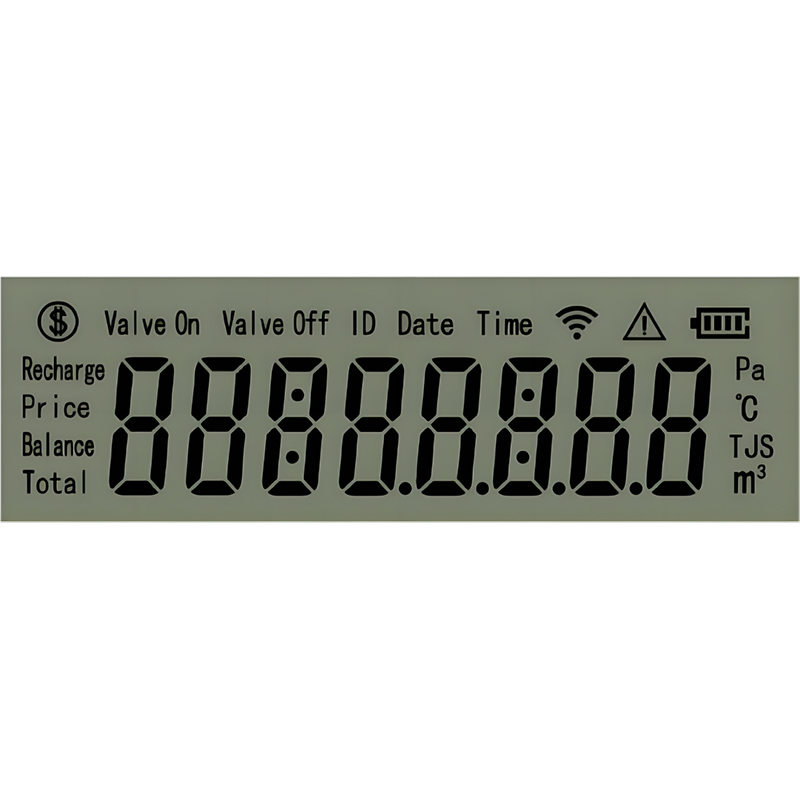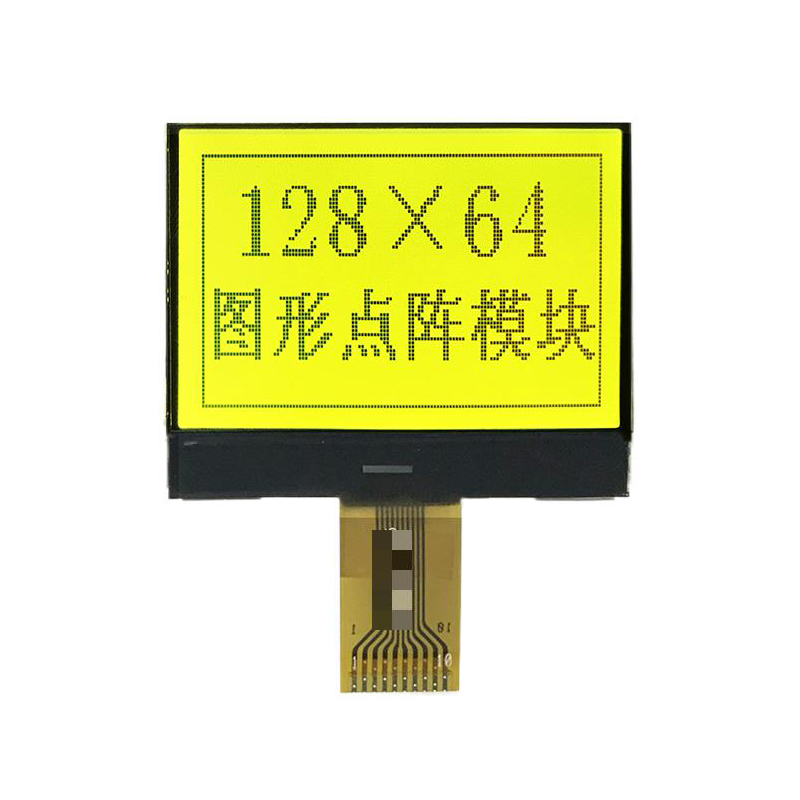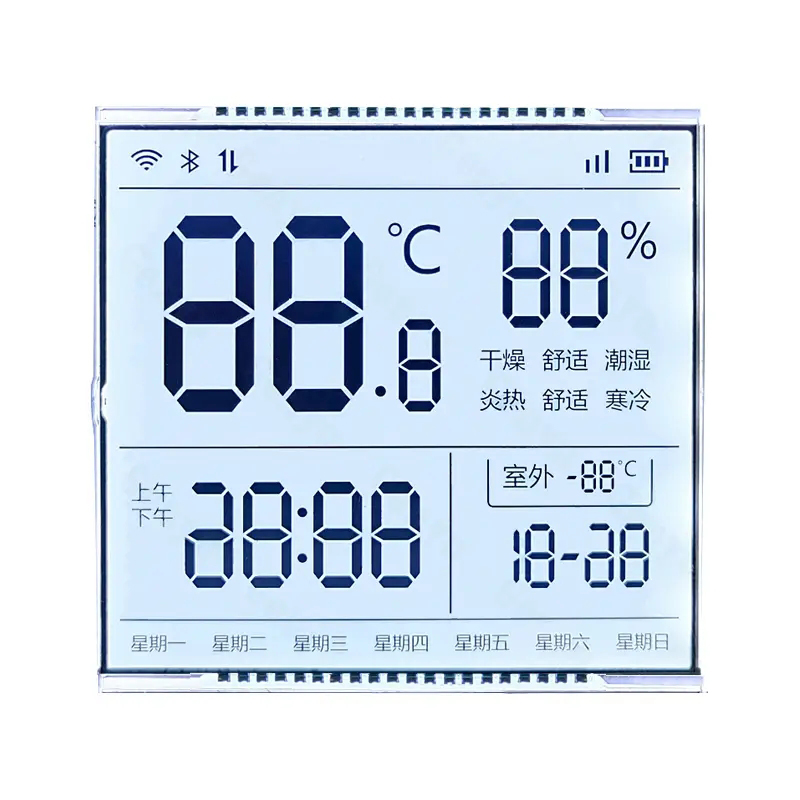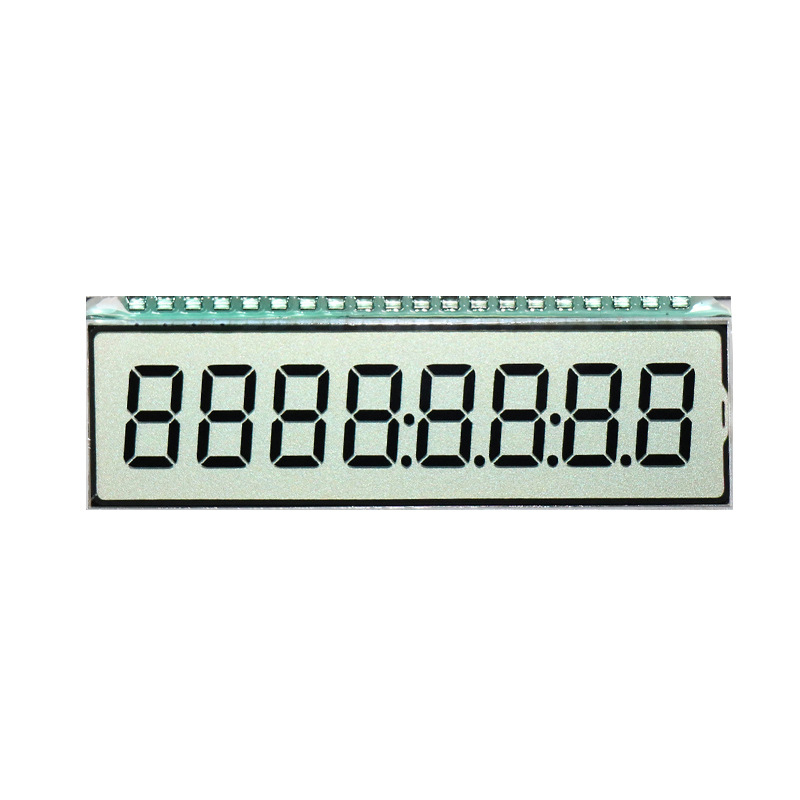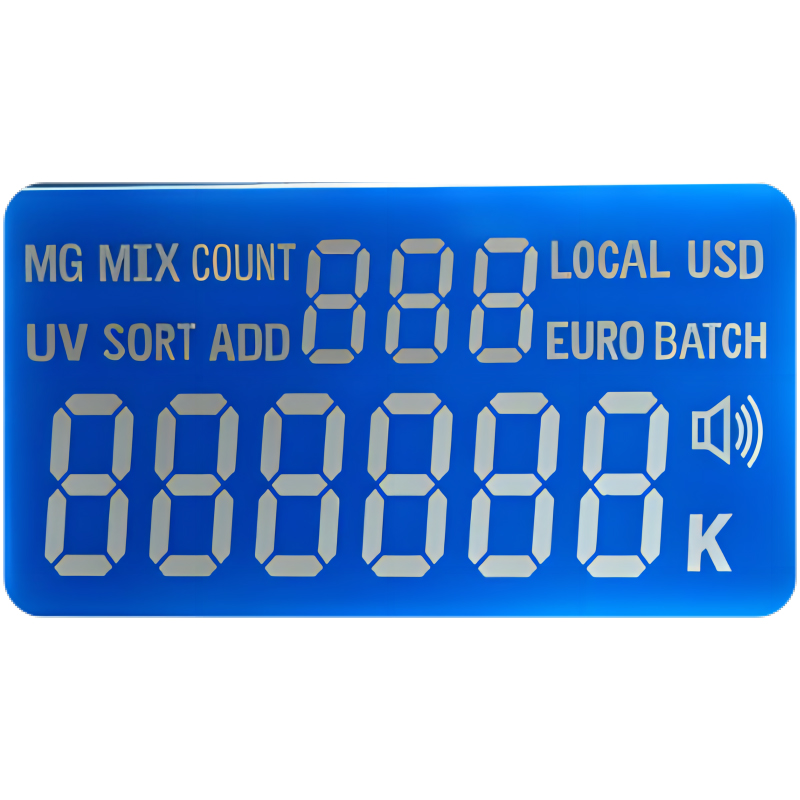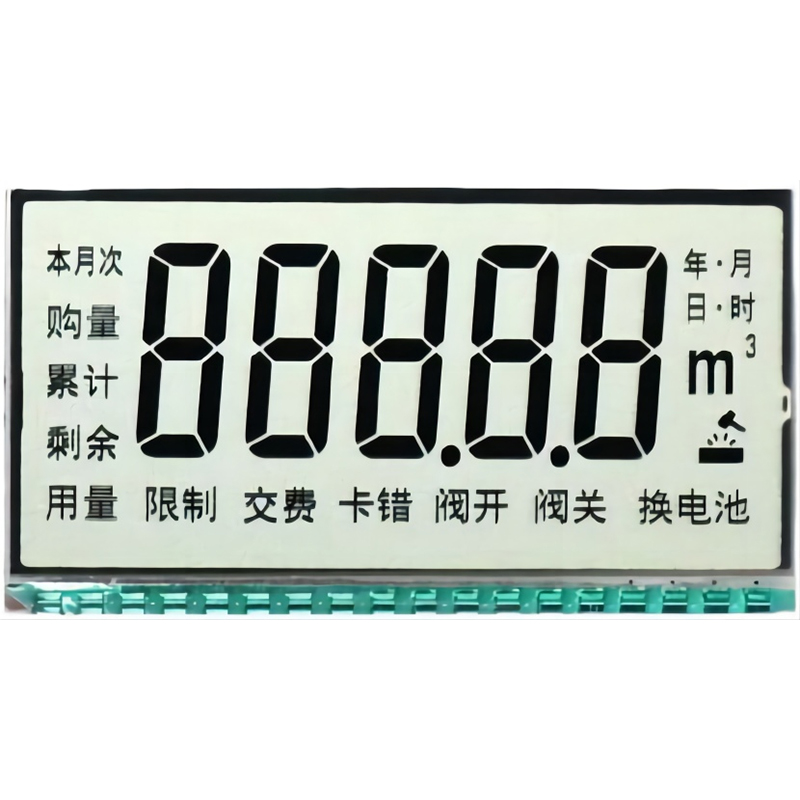
0.91 OLED displays represent a specific size within the broader family of Organic Light-Emitting Diode (OLED) technologies. These displays are characterized by their small size, typically measuring 0.91 inches diagonally. This compact form factor makes them ideally suited for applications requiring high-resolution visuals in a miniature format. The self-emissive nature of OLED technology ensures vibrant colors, deep blacks, and wide viewing angles, all within a power-efficient package. Unlike LCDs, which require backlighting, OLEDs only illuminate the pixels that need to be active, resulting in superior contrast ratios and energy efficiency.
The resolution of a 0.91 OLED display can vary depending on the manufacturer and specific model. Higher resolutions translate to sharper images and more detailed visuals. Pixel density, often expressed in pixels per inch (PPI), is a crucial factor determining image clarity. Higher PPI values indicate a greater concentration of pixels within a given area, leading to crisper and more refined images. For example, a display might offer a resolution of 128x128 pixels, delivering a reasonably high pixel density for its size.
Brightness, measured in nits, refers to the intensity of light emitted by the display. High brightness levels enhance visibility in brightly lit environments. Contrast ratio is the difference between the brightest white and the darkest black that the display can produce. High contrast ratios lead to deeper blacks and more vivid colors, improving image quality significantly. 0.91 OLED displays typically boast impressive brightness and contrast ratio figures compared to their LCD counterparts.
Power consumption is a key consideration for portable devices. OLED technology’s inherent efficiency makes 0.91 OLED displays a suitable choice for battery-powered applications. However, the lifespan of OLED displays, typically measured in hours of operation before noticeable degradation, is a crucial factor to consider for long-term reliability. Manufacturers provide estimated lifespans based on usage patterns.
The compact size and high performance of 0.91 OLED displays make them ideal for a wide range of applications. Some of the most prevalent include:
While 0.91 OLED displays offer several advantages, it’s important to compare them to alternative technologies, such as LCDs and other display types. The following table summarizes some key differences:
| Feature | 0.91 OLED | LCD |
|---|---|---|
| Contrast Ratio | Infinite (or very high) | Moderate |
| Power Consumption | Low | Higher |
| Viewing Angles | Wide | Narrower |
| Cost | Generally Higher | Generally Lower |
The continued miniaturization of electronics and the increasing demand for high-quality displays in smaller devices will likely drive further innovation in 0.91 OLED display technology. Expect to see advancements in resolution, brightness, power efficiency, and lifespan in the coming years. Moreover, the integration of flexible OLED technology could lead to even more innovative and adaptable display solutions. For companies looking for high-quality displays, exploring options from reputable manufacturers like Dalian Eastern Display Co., Ltd. is a crucial step in ensuring success.
1 Manufacturer specifications may vary. Always consult the manufacturer’s datasheet for precise details.

